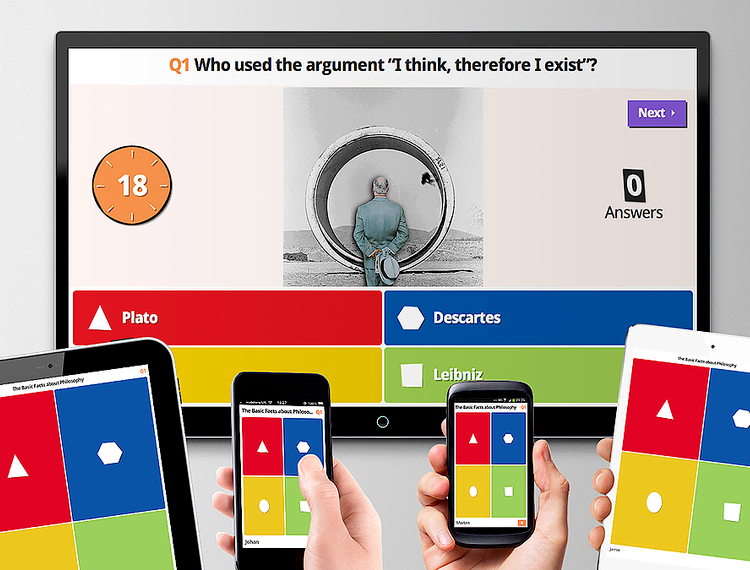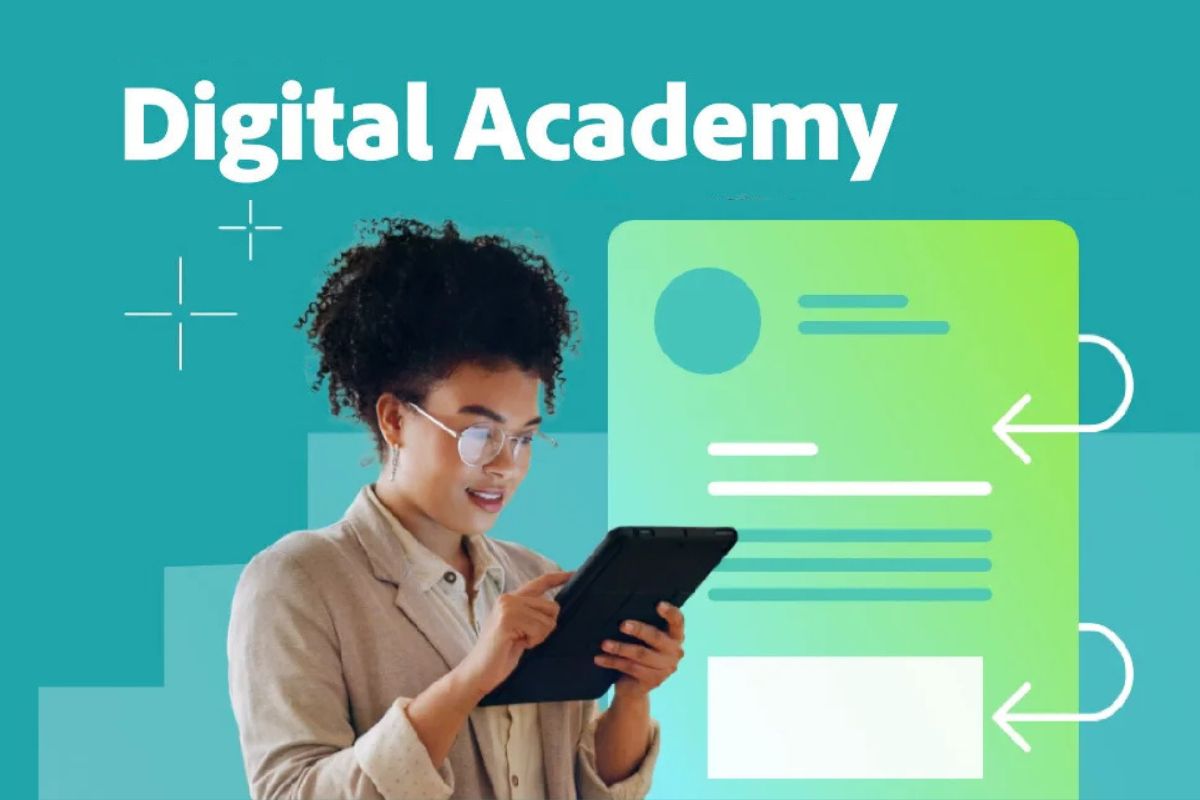How to teach students about financial literacy

Digital learning can be quite confining on classroom creativity. As a result, lessons that may be better demonstrated in-person have to be shifted into digital means. In other words, students aren’t getting the full effect of traditional education.
Although most have adapted, not a school system on the planet has distance learning down pat, yet.
For the first time in modern history, learning has gone completely virtual. While teachers experiment to find what works in a virtual classroom, such as encouraging students to use the chat feature on Zoom, everyone involved must be extremely flexible to spontaneous change should technology not work as planned.
However, impromptu adjustments aren’t always tedious. Check out the funniest distance learning moments Farrah Penn mentioned on BuzzFeed.
While recurring off-course moments may lead to setbacks, teachers can make up for lost time with creative lessons on important topics, such as financial literacy. If taught young, a fiscally wise mind can travel a far distance.
 Here are the best ways you can teach your students about finances:
Here are the best ways you can teach your students about finances:
Virtual Monopoly
Investopedia has found quite a few lessons to be learned regarding economics and investing from Monopoly, and Debt.com has found ways Monopoly can be specifically beneficial for children.
The Monopoly app is available for free download on all mobile app markets. This can be implemented into coursework in flipped-classroom fashion. Students can form teams and play Monopoly together for homework, then report what they’ve learned in e-classes.
This can draw many positive results. Students can have a break from repetitive writing assignments, socialize with their peers, and build great business skills.
On the other hand, teachers can have a break from excessive grading and learn something new about the game themselves.
Create Semester Budgets
Google Forms is a universally accessible tool teachers can use to create budget projects for students. For instance, teachers can give each of their students “budgets” for the semester to act as a grading sheet.
Throughout the semester, students would be left personally responsible for maintaining a satisfactory balance. Deposits can be made to the students balance when assignments are turned in timely, and “bonus” money could even be awarded for outstanding grades and achievements.
Consequently, money could be (continuously) deducted from a student’s balance as compensation for outstanding or incomplete assignments. Poor participation and attendance can also result in monetary fines.
Fictional budgeting can increase student engagement, skill, and motivate teachers to create more engaging lessons.
At the end of the semester, teachers can examine each student’s checkbook to be used as a cumulative finale exam project grade.
Any student with a low or negative balance would be at risk of course failure. At that point, students and teachers could work to discover alternatives.
However, students who maintained a low or negative balance throughout the semester with no signs of steady improvement may not be extended the same luxuries.
Using budgeting as a grade book can be as favorable as enriching. By balancing their checkbooks on Google Forms, students can build organizational and computational skills while using algebra to instantaneously update their grades. Directly recording their own grades may even motivate students to feel more responsible for their academic success.
On top of all, grading will be made that much easier for teachers.
Make Quizzes on Kahoot!
Games are a great way to capture young audiences, and Kahoot! has a highly interactive technique. By joining via class code, students can compete to answer quiz questions made by their teacher.
This is a great way for teachers to put their student’s studies to test, giving them an opportunity to ask specific definitions and raise situational prompts.
But, that’s not always necessary. Kahoot! Academy also has pre-made game sets covering basic subjects such as mathematics for teachers to quick-choose from. This can make pop-quizzes far less intimidating and unexpected task switches due to EdTech difficulties much less tiresome.
Nonetheless, it’s essential teacher’s keep distance learning inventive. Otherwise, students and teachers may quickly grow exhausted. How are you making important lessons creative?











Responses